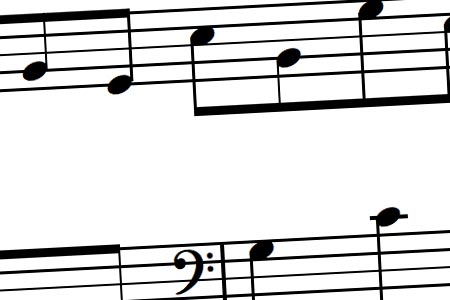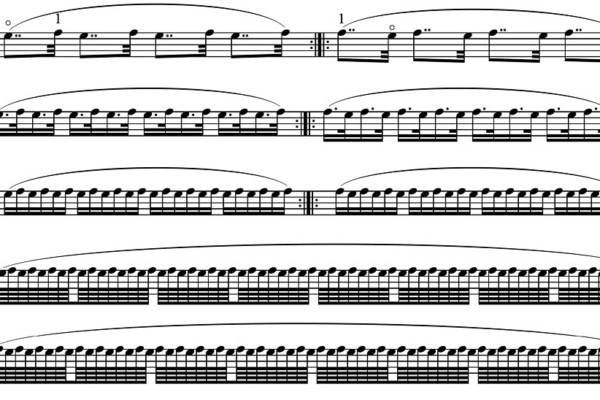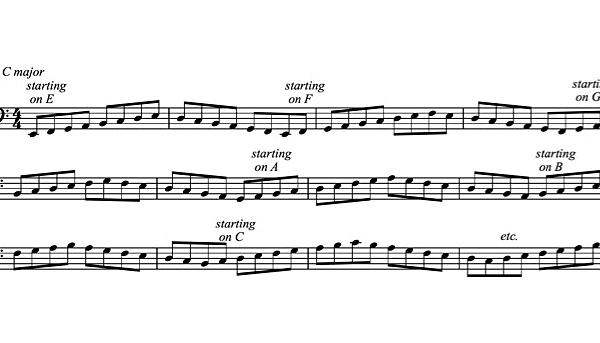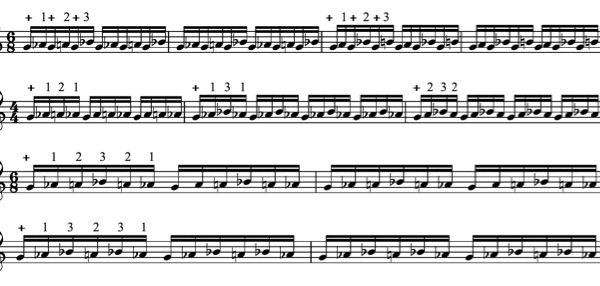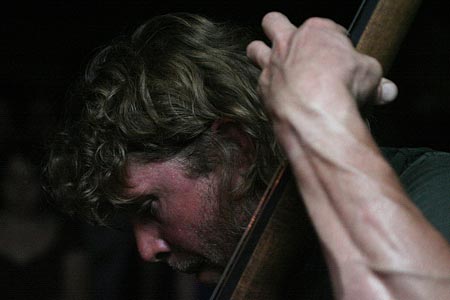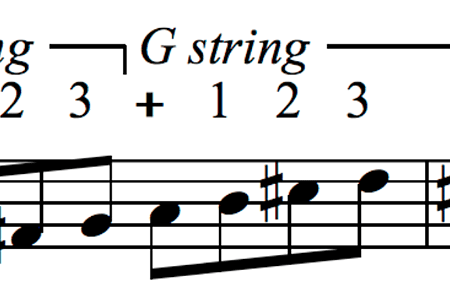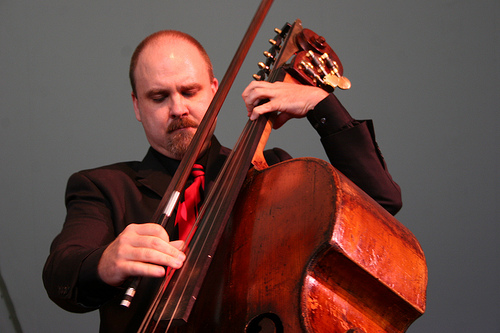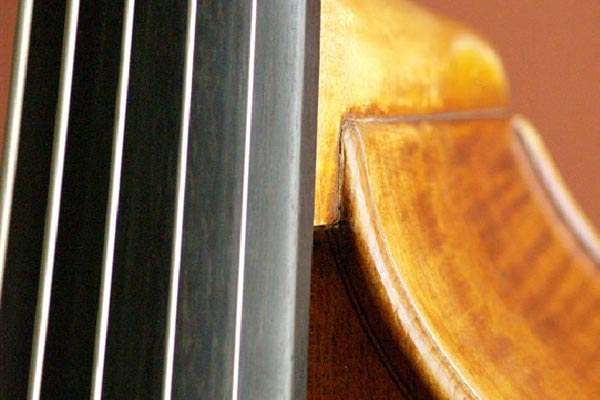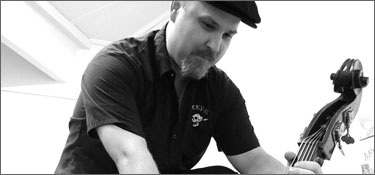Arpeggio Work for Bass Players: A Daily Practice Routine
I have mentioned previously that our daily scale practice should include arpeggio work. There are numerous ways to approach this, and most scale books devote some time to various approaches to arpeggios. I find the patterns below to be good solid foundational patterns for any bassist’s daily routine. The patterns below are presented in C major, but should be applied...
Trill Exercises for Bassists
For better or worse, trills grab the listeners attention. If a trill is quick, clear and under the performer’s control it can generate excitement in the listener. If it is slow, clumsy and uncontrolled, however, it can have a most deleterious effect. To ensure trills are at our command, we should train our fingers to execute them well. The exercise...
Progressive Scales: A Bass Player’s Guide to Learning Scales and Improving Reading Ability
I’ve written in the past about the importance of scale work to solidify instrumental technique (see the Lowdown archives for those columns and more). If we are new to learning a particular scale it is probably wise to start by playing from root to root (e.g. C-C in C major) until we are comfortable. This may prove helpful at first,...
Thumb Position Exercises for Bassists
“Thumb position” is a left hand technique in which the thumb is used on top of the board to press down the strings. In essence, we use it just as we use our other fingers. Although the technique can be used anywhere on the instrument, this technique is most often used at the midpoint of the string or higher. Thumb...
Left Hand Dexterity Drills on Three and Four Strings
After mastering the exercises on one and two strings, you will be ready to challenge yourself with some three-string exercise, like the ones below. Some Notes: These exercises can be done pizzicato or arco. If done pizzicato, I suggest beginning each pattern using the second finger of your right hand, followed by the first (i.e. 2-1) and alternating without exception....
Left Hand Dexterity Drills on Two Strings
After you feel comfortable with the single string exercises from last time you may want to challenge yourself a bit more with the two string exercises below. Two String Left Hand Dexterity Drill Notes: These exercises can be done pizzicato or arco. If done pizzicato, I suggest beginning each pattern using the second finger of your right hand, followed by...
Single Position Left Hand Dexterity Drills for Bassists
Although scales, arpeggios and repertory are necessary for any musician’s development, etudes and exercises such as the ones below should also be part of any instrumentalist’s diet. Such exercises allow us to focus on a single aspect of technique. Single task left hand drills are essential if we desire to have true dexterity in the left hand fingers. There are...
Thumb Position: Major Scale Fingering for Bass
There are a multitude of fingerings for any particular scale, and no single fingering is appropriate for every situation. In fact, the most effective fingering for any specific passage will be related to musical issues, not technical ones. Some scale fingerings, however, prove to be useful in a great many situations and are worth having ingrained. Today I want to...
Strategies for Better Intonation
If you are an upright bassist, then intonation is on your mind. I’ve talked in the past about using drones to help solidify intonation, but this is just one of seemingly innumerable strategies to improve pitch. Today we’ll touch on a few other approaches. You can do all of these exercises with music you are working on or, of course,...
Bass Strings: Tips for Finding the Right Sound
This week’s column comes thanks to a question from Maria G. Maria asks: I’m a pretty new player, but I’m not happy with my upright bass strings. I know I need something different, but there are so many different kinds of strings out there I don’t know where to start. They are also expensive (!) so I can’t really experiment...
Audition and Performance Preparation: Recording Yourself
One very enlightening way to prepare for an audition or performance is to record yourself prior stepping on the stage, or into the audition room. Expensive equipment is not required to gain benefit from recording yourself. Although better recording equipment means you can listen back in greater detail, the fact is that free recording software and the microphones on most...
Bass Technique: Shifting and the Feeling of Lightness
Accurate shifting is extremely important on an upright bass. It may even be the one technique we use the most often. Most other string instruments can play a few two-octave scales without shifting, while we can play a grand total of zero, even if we “pivot.” Despite how often we must execute flawless shift, for many it is a point...
